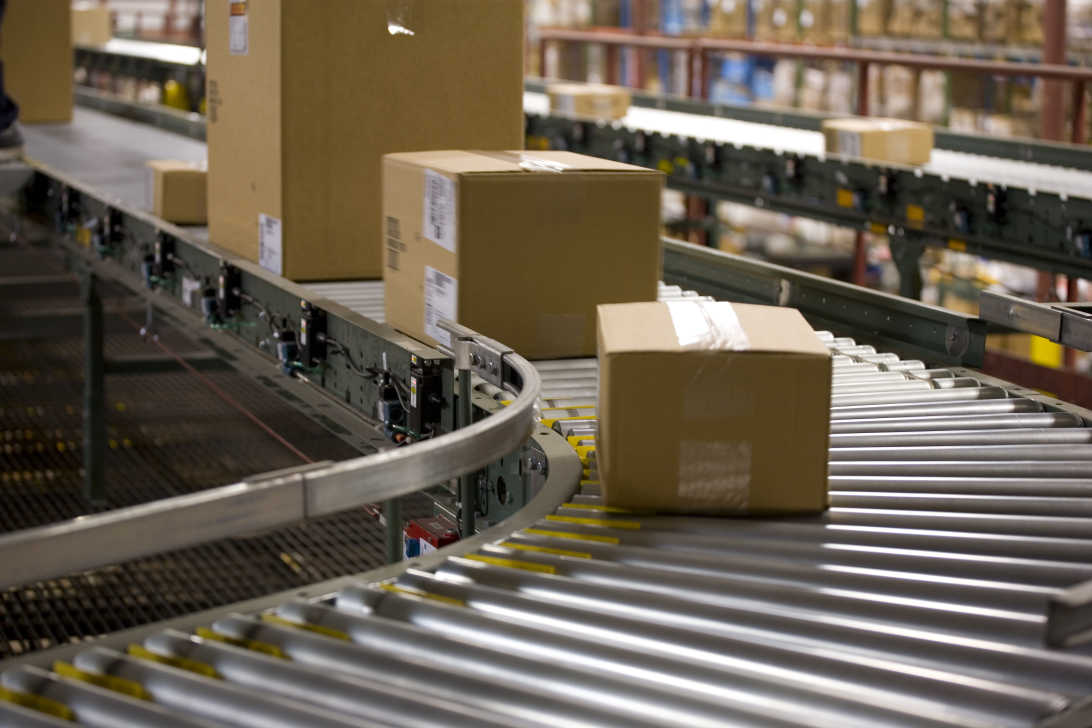
February 6, 2023
Turning Returns Into Engagement Opportunities
Turning Returns Into Engagement Opportunities
Take a look at these stats from a recent study of 130+ retailers to understand the state of customer engagement at the point-of-return:
- Return rates are growing faster than revenue growth rates for 91% of retailers. Returns grew by 78% in 2021.
- Only 29% of retailers have an end-to-end strategic returns management plan in place.
- 64% say returns are a problem, but only 27% have an executive responsible for returns performance.
These stats come from a recent report by Appriss Retail and Incisiv: 2022 State of the Industry: Returns as an Engagement Strategy. Look at them in combination with one more—that 42% of shoppers will stop frequenting a business if a retailer has caused multiple returns—for example an item that arrives damaged or is so delayed it missed an event like a birthday. Returns are at an all time high and many retail and ecommerce brands don’t have a firm handle on their processes, leading to sunk costs and unhappy customers.
The State of Reverse Logistics in Early 2023
Reverse logistics are a segment of the global logistics lifecycle, specifically referring to how the customer packages a return, how a shipping label is generated, how it gets to the right 3PL drop-off location, all the way through the item’s ultimate fate. Whether that be a return to active inventory, for donation, or all too often heading for the landfill.
Since these processes are mainly conducted behind the scenes, many businesses assign them to logistics, inventory, warehousing, or similar teams. This system fails to account for the critical fact that returns are also a customer touchpoint and that the last few years have seen an explosion in e-commerce sites and online marketplaces in response to a pandemic-induced surge in online shopping. These businesses needed predictable revenue flow at a time when the future of in-person shopping was in question, the container shipping world was in turmoil, and they continue to need it now as inflation and economic uncertainties loom large.
This situation has created a new set of consumer expectations: fast shipping and free returns having quickly become the norm. But returns are the bugbear of the retail industry, and no business—no matter the size—is immune. H&M, Bath & Body Works, Zara, and other retail giants have modified their return policies by either rescinding free returns or adding tiers to them in an attempt to reduce costs incurred by the flood of incoming returns.
Even L.L. Bean and REI Co-op have ended their famous “anything, anytime” return policies in favor of more control and limited return windows.
Making Returns Work for Everyone
According to Oracle, 41% of customers say that a difficult-to-navigate return policy defines a poor shopping experience. Tack on the PwC finding that 32% of shoppers say they’ll stop doing business with a brand they love after a single bad experience, and you’re starting to see the importance of bringing your reverse logistics processes in line with the rest of your customer experience.
The Appriss Report highlights three options that they’ve seen work for their clients: Dynamic return policies, tiered return policies, and post-return incentives.
Dynamic Return Policies
Say you’re a niche e-commerce retailer specializing in Halloween costumes. Someone orders 500 mixed costumes, maybe to set up a stall reselling them at a markup to their neighborhood. Then on November 1, they initiate a return on the 275 they didn’t sell.
Right now, most retailers' policies allow this with no penalty, or worse, they accept returns for free. If that sounds familiar so will this—now you’re out those sales AND have unsold stock of last year's costumes. A dynamic returns policy would allow you to flag that initial sale and say something like: ‘We’ll sell you these costumes, but only if you agree to no returns after Oct. 29.”
Tiered and Real-Time Return Policies
This option is often tied to a loyalty or rewards program but can be connected to a shopper's history in other ways. For example, we return to REI Co-op’s updated policy where members have a longer return window than non-members.
Another option is to offer real-time policies as a shopper is checking out. For example, you can offer an instant 10% discount if they agree to not return the item, while the full-price purchases come with your standard return window.
Post-Return Incentives
This is the term given to special offers made only to those who make a return. Rather than targeting lower return rates, this one is more about making the experience a good one for the customer. It could look like this: A shopper makes an in-store return of an online purchase and the customer service employee hands them a 20% discount card that’s good only in-store and for a limited time to entice them to buy more items on that date or in the near future.
Returns Are a Critical Customer Touchpoint
The ultimate takeaway from the Appriss Report is that returns should be considered part of the customer journey.
There are, of course, myriad ways a business can address this. Remembering to think about your customer journey as one holistic, omnichannel experience is a key place to start. One example is incentivizing returns in-store for online purchases. This process is known as BORIS, or Buy Online, Return In-Store, and it can not only keep customers happy but also reduce your costs by eliminating return shipping.
66% of consumers say they’re more likely to make an online purchase if BORIS is an option while 53% say they’d consider making an in-store purchase if they’re already there making a return.
It’s also good to not forget the rising importance of “The Circular Economy.” The cohort known as Generation Z represents a majority of the spending power in the U.S. today, and this generation spends according to their values. Embracing the ideals of “reduce, reuse, recycle” is a great way to help in the fight against climate change while showing these potential customers that you share their concerns with features like company-sponsored online marketplaces for used products, donating excess inventory to other industries that can repurpose the raw materials, or by simply donating returns to charity.
For another example of the circular economy in action, look at Chewy.com. The pet supply ecommerce site instructs customers looking to initiate a return for some smaller items to donate to their local animal shelter while issuing a full refund. Shelters benefit from increased donations, the customers get their refund, and the company benefits from additional goodwill.







